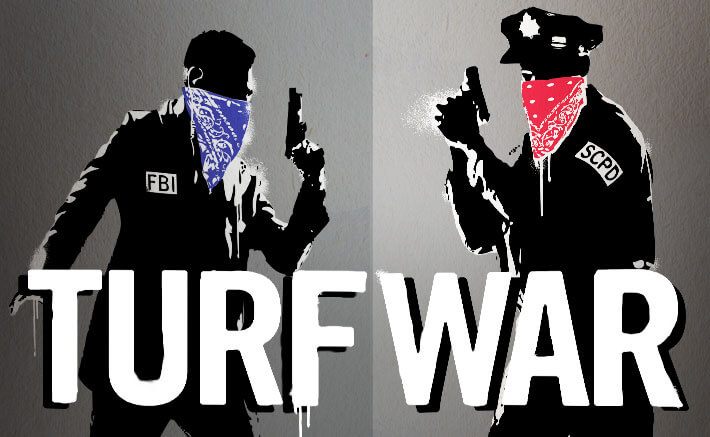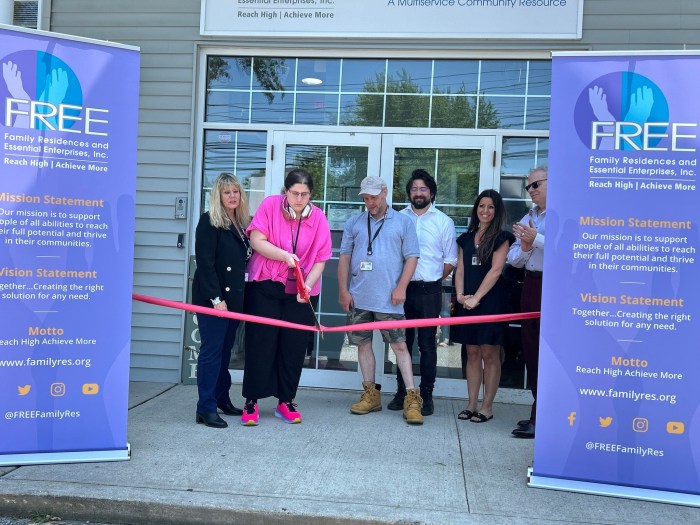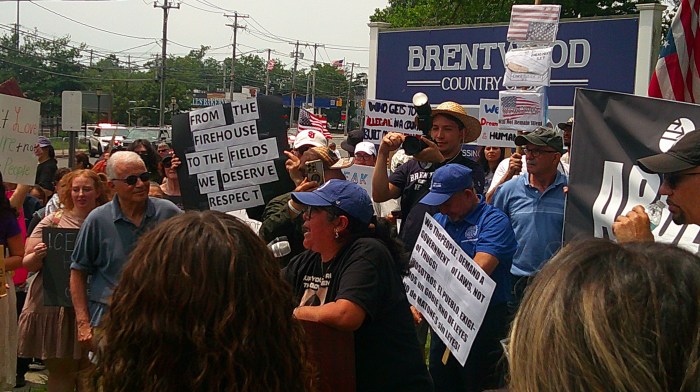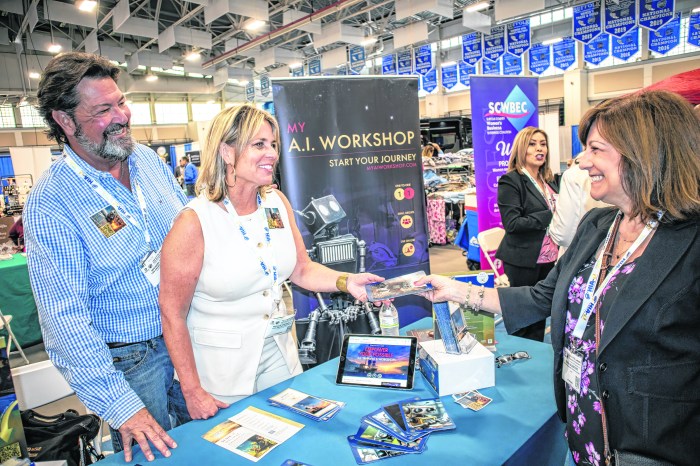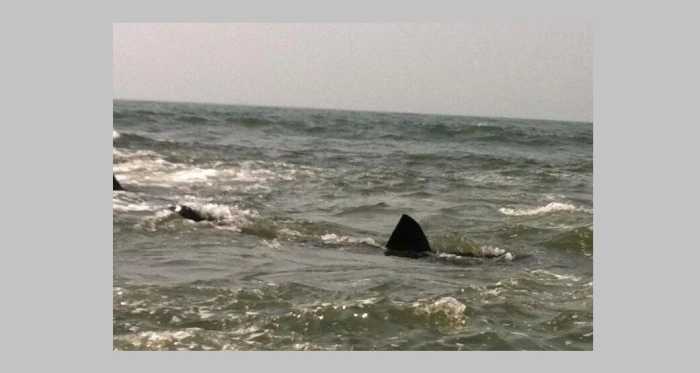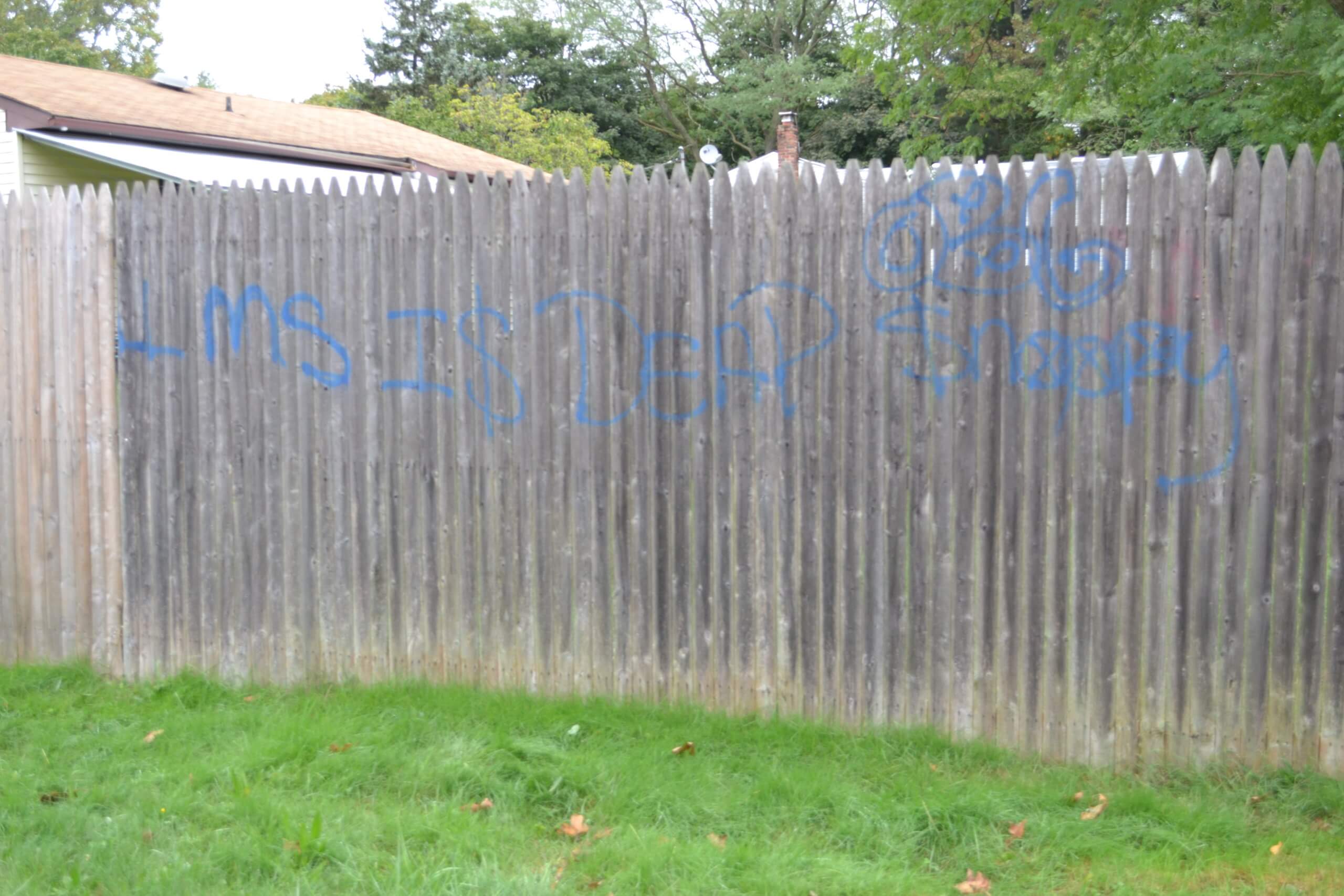
APPETITE FOR DESTRUCTION
Law enforcement agencies and homeland security experts throughout the country characterize MS-13 as one of the most violent of an estimated 33,000 gangs criminally active currently within all 50 states, the District of Columbia and Puerto Rico.
Originating in El Salvador and comprised of immigrants from that country, Honduras and Guatemala—many of whom are in the United States illegally, says the FBI—it is one of the largest Hispanic street gangs in the world, with up to 50,000 members worldwide, and up to 10,000 in the United States.
In Nassau, members belong to chapters, or cliques, located primarily in Hempstead, Freeport, Roosevelt, New Cassel and Westbury, according to the FBI. In Suffolk, the gang’s cliques are located primarily in Brentwood, Huntington, Copiague, Farmingdale and Central Islip.
MS-13’s crimes span the spectrum. Besides its proclivity for brutal slayings and armed robberies and assaults (with a penchant for machetes, as they are not illegal to own in New York but effective weapons), MS-13 is associated with drug smuggling, and distribution and sale, primarily marijuana and cocaine.
The gang directs much of its violence at members of rival gangs, says the agency, which include the Salvadorans with Pride, Latin Kings and Bloods—with members required to commit acts of violence, referred to as quotas, upon joining a clique in order to enhance the gang’s reputation for violence—though innocent bystanders are often caught in the crossfire.
Former Hempstead police detective Ricky Smith knows it all too well. When gangs began expanding on LI in the late 1990s, he was out on the streets learning everything he could about them. Back then, he says, he faced the frustrations of a revolving door of justice, which allowed gang members to commit crimes and then before long, wind up back on the street.
Then Hempstead was given the opportunity to become part of a federal task force and things began to turn around, he says. With the task force came federal regulations, which allowed greater freedom in arrest charges and longer sentences when convicted.
In 2005, working with the FBI task force, the village took down the major players in MS-13, he says, adding that afterwards, many of the remaining members moved to other locations—though they’re back, with a vengeance.
“They have gotten smarter,” says Smith. “They realize that them being out there and flashing their stuff all the time was drawing more attention to them.”
The FBI says MS-13 is now the largest gang on the Island, though a recent Stony Brook University-led study of Suffolk gangs found that the Bloods make up 43 percent of known members in the county, three times as many MS.
There was three-fold increase in gang membership between 1999 and 2009—1,401 to 4,103—according to Profile of Gang Members in Suffolk County, a report released in May and prepared by the county criminal justice coordinating council. That’s a nearly 2:1 advantage Suffolk County gangs have on the 2,415 sworn SCPD members.
The Suffolk County report found gangs in “almost all towns,” with Brentwood home to the largest population of gang members, followed by Central Islip and Bay Shore—meaning nearly a quarter of the county’s gang members are concentrated in a 23-square-mile area of a 2,373-square-mile county.
Although the existence of gangs on the Island may come as a surprise to residents of some tony communities, members of the FBI’s task force know the reality all too well—and the coalition’s power in fighting them.
“If you ask the typical Long Islander if there’s a gang problem, they probably would say no, but in reality there is,” says Chief Michael Sharkey of the Suffolk Sheriff’s Office. “Although most people may not be aware of it because they may not live in a particular community where it’s noticeably prevalent, it’s here and it’s going to stay here and it necessitates the work of a task force such as this to address it.”




